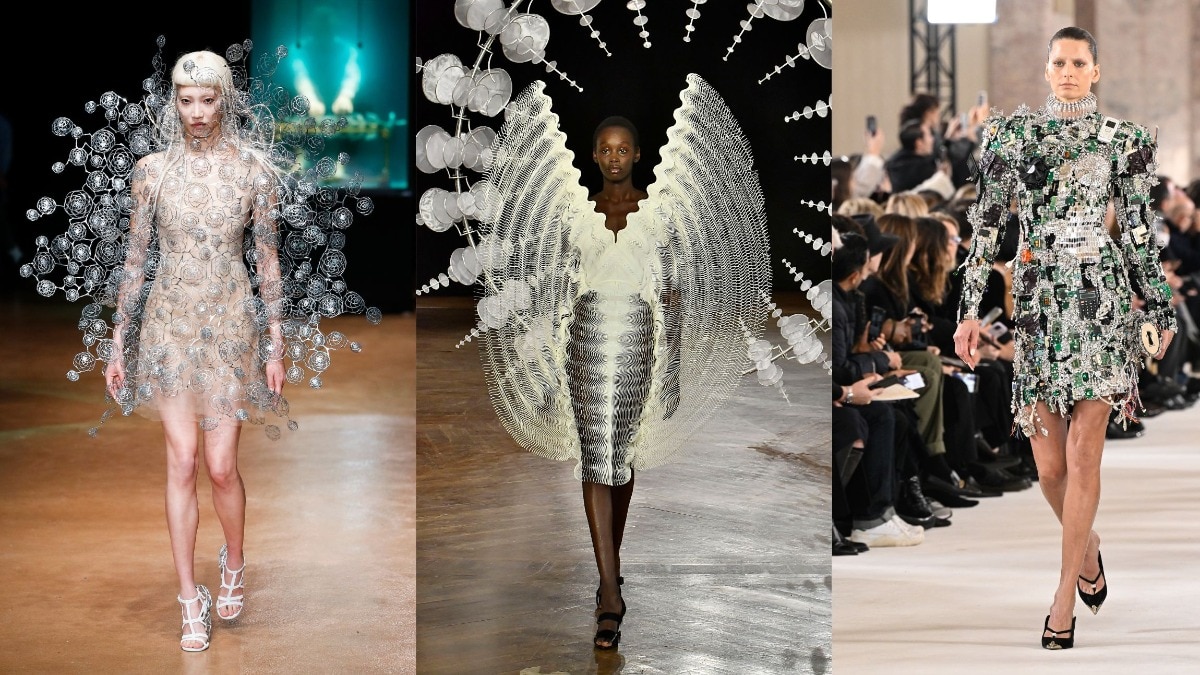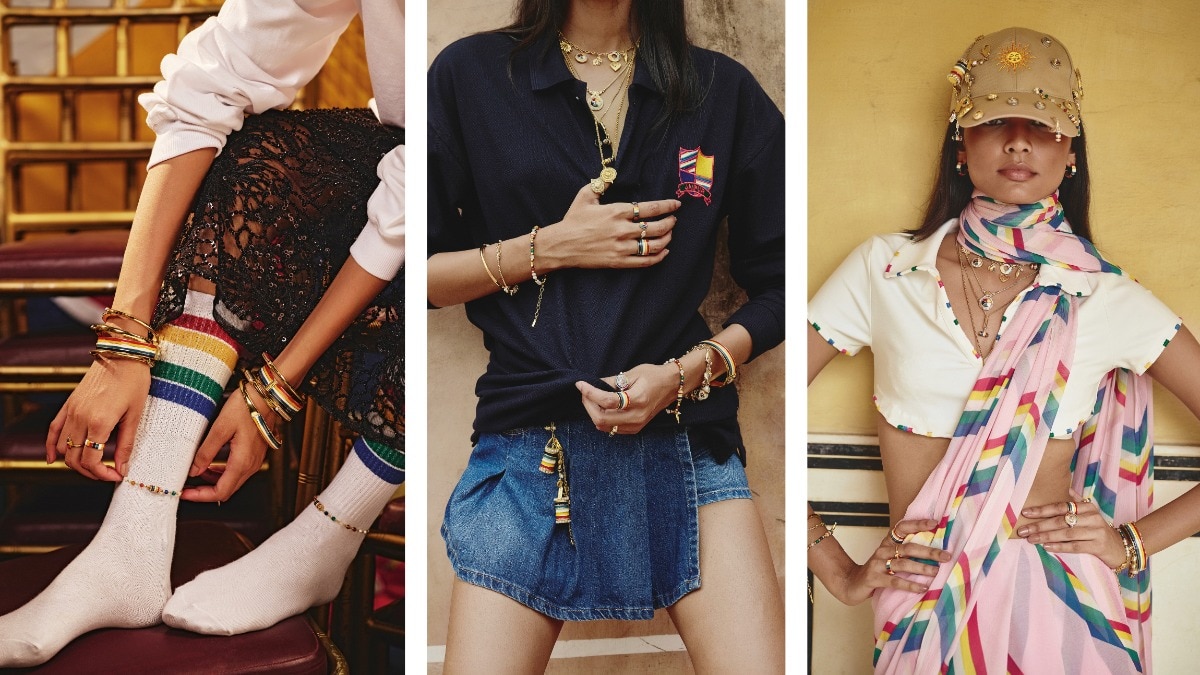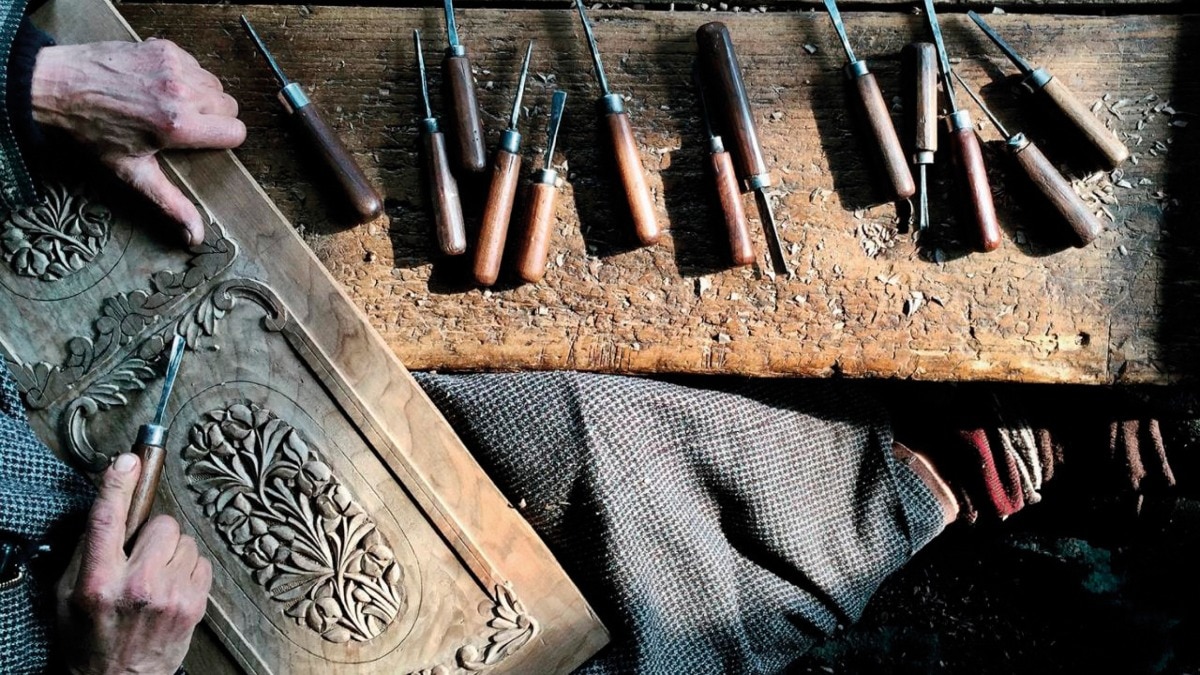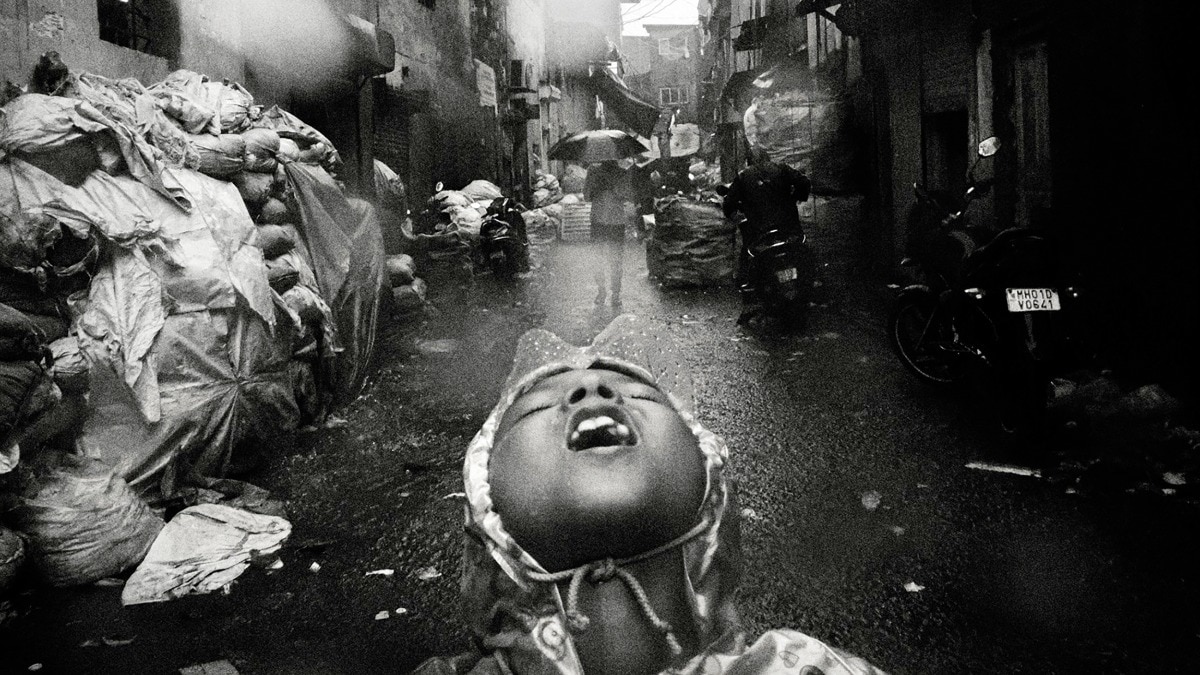How the trend of flowers in food continues to bloom
From sweet to savoury, blossoms are still making their way into our dishes.


Flowers in the Indian diet go way back—roses, hibiscus, banana blossoms, pumpkin, and other regional blooms have featured often on our plates. We make sabjis with them, steep them into herbal teas, or deep-fry them into fritters. Yet, in recent years, they’ve moved out of the shadow of tradition to be embraced in a whole new way.
The aesthetic power of flowers
Over the years, edible flowers have shifted to include an aesthetic role in a world where visuals reign supreme. Janki Thackersey, who runs a home bakery called Flour Girl in Mumbai, stumbled upon flowers being used as decoration for cakes on social media. “I’d seen this trend on Instagram, where a lot of people in the US were putting flowers on cake, but nobody was doing it here. So I thought of using them too, as they’re so pretty," she explains. Today her cakes feature bright seasonal flowers like marigold and roses.

A growing appetite for floral additions
The induction of flowers into the culinary mainstream might have started quite a few years back, but their popularity with home cooks has picked up speed only recently. Krishi Cress, an organic farm in Delhi that runs a produce-delivery service, started selling edible flowers to the public in 2018 (they were only catering to hotels and restaurants before that) and have seen the demand skyrocket during, and post the pandemic. Their founder, Achintya Anand elaborates, “Flowers are a popular item—people see them in restaurants and bars when they eat out so they’re more aware, and the demand has almost doubled since we started. Borage, cornflower, and pansies are the most popular.” When asked ways in which one can incorporate flowers in their diet, Anand goes on to say that the easiest way is to add them in salads. “Some people also add it in their home-made pasta sheets,” he says.

Minal Punjabi, owner of Peach & Melon, a home business selling handmade pasta that she started in April 2020, is one example. Her floral offerings include edible laminated ravioli and tagliatelle using butterfly pea, calendula, nasturtium, and more. She says the audience reaction has been overwhelmingly positive. “They have been wowed by the beauty of these ravioli. It's very popular for gifting as it is something very unique. Who needs a bouquet of flowers when you can have a bouquet of pasta?” she explains.
Even for Thackersey, people are usually receptive of flowers in their cakes. She says, “Since I’m known for adding flowers to my cake, people who come to me for cakes are looking for that.”

The aesthetics v/s taste debate
Despite their popularity, most times these flowers are still used purely to make dishes look pretty. Thackersey says “I use it only for aesthetics. I don’t want or expect anybody to eat them. Even though they’re edible, I don’t know how people will react to it. Plus flowers have taste, and I don’t want that flavour in my cake.”
In savoury preparations though, they can bring an interesting flavor to the dish. “The flowers are mainly added for aesthetic reasons, but they also add to the flavour of the overall dish. For example, a nasturtium adds a pepper-like flavour and cesium has a mustard-like bite,” says Punjabi.
Is the trend here to stay?
The concept of using vibrant blooms to make a meal look pretty isn’t going anywhere. Thackersey weighs in. “I can’t say about others, but I will still be doing it, because it’s such a fun process. More and more in Bombay have picked up on it over the past few years, so it’s surely a growing trend here,” Punjabi agrees. “I definitely think it has an everlasting appeal.”
Lead image: Peach8Melon/Instagram










